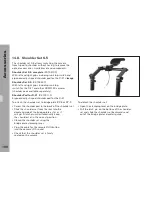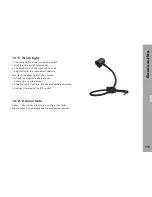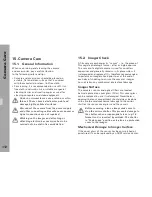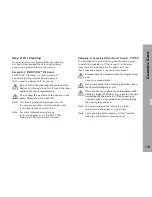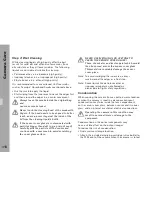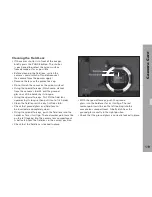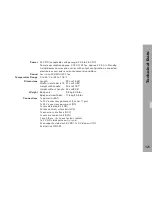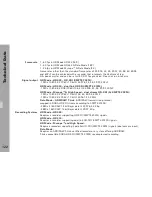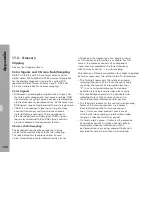
C
a
m
e
ra C
a
re
118
To check for defective and dead pixels:
Connect the camera signal output (
•
HD-
SDI output) to a suitable HD display.
Start the mirror shutter if it is not running.
•
Put a lens cap on the camera lens.
•
Set the contrast characteristic (video
•
menu) to the highest EI value.
If no colored bright pixels appear, take the lens cap off.
•
Point the camera at a homogeneously lit, neutral grey
•
surface that covers the full output image and defocus
the lens or put a diffuse white glass plate in front of
the lens and point the camera into a light source.
Adjust iris or lighting so the output video level
•
reaches 40 to 50% on a connected waveform monitor
or in the RGB-Histogram from the OSD Tools.
If no colored bright pixels appear, set the contrast
•
characteristic (video menu) to an EI value of 250.
With the camera still pointing at the same target,
•
adjust iris or lighting so the output video level
reaches 60 to 70% on a connected waveform
monitor or the OSD RGB-Histogram.
If no dark pixels or spots with a green color cast
•
appear, the camera is ready for shooting.
If defective or dead pixels do appear, the camera’s
•
defective/dead pixel map has to be updated.
Note: When checking for cluster pixel failures, it is
recommended to use a display providing a pixel-
to-pixel output. When the full 4:3 sensor aperture
is used, short sequences should be captured and
processed for each step to provide a pixel-to-
pixel display of the camera’s output. Using the
preview output of an ARRIRAW T-Link certified
recorder is a possible option, but may not allow
identification of very small cluster pixel failures.
Note: Updating the camera’s defective/dead pixel map
can be carried out on location by a trained D-21
service technician, in an ARRI service center
or at an ARRI rental facility. This procedure
takes about 20 to 30 minutes, whereas in
postproduction, removal of dead pixels can
be a lengthy process depending on the image
content. It is therefore highly recommended
to take care of dead and defective pixels right
away instead of fixing them in postproduction.



